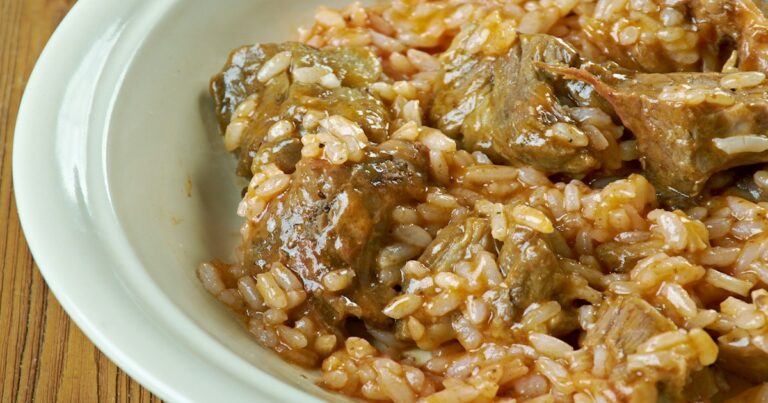Introduction: The Culinary Landscape of Angola
Angolan cuisine is a rich blend of African, Portuguese, and Brazilian influences. Traditional Angolan dishes are known to be hearty, flavorful, and colorful, reflecting a wide range of ingredients available throughout the country. The cuisine is centered around staple foods like cassava, maize, beans, and rice, which are typically served alongside meat or fish, and a variety of vegetables and fruits.
While Angola has a rich culinary history, the country’s cuisine has not been well-known outside of Africa. However, in recent years, there has been a growing interest in Angolan cuisine, with many chefs and food enthusiasts exploring the unique flavors and ingredients of this diverse country.
Regional Differences in Angolan Cuisine
Despite the fact that Angola is a relatively small country, there are noticeable differences in the cuisine from region to region. Each region has its own unique dishes, ingredients, and cooking styles that have been shaped by the cultural and environmental influences of the area.
Northern Angola: Luanda and Surrounding Provinces
The cuisine of Northern Angola is heavily influenced by Portugal, which colonized the region for several centuries. The dishes in this region tend to be spicier and more flavorful than other regions in the country. One of the most popular dishes in the region is Calulu, a stew made with fish, palm oil, and vegetables such as okra, onions, and tomatoes. Another common dish is Muamba de Galinha, a spicy chicken stew made with vegetables, peanuts, and red palm oil.
Central Angola: Kwanza Sul, Benguela, and Huambo
Central Angola is the breadbasket of the country, producing a variety of crops including maize, cassava, and beans. The dishes in this region tend to be simple but hearty, with a focus on fresh ingredients. One of the most popular dishes in the region is funje, a starchy porridge made from cassava flour, which is served with meat or fish and a sauce made from vegetables or peanuts.
Eastern Angola: Lunda Norte, Lunda Sul and Moxico
The cuisine of Eastern Angola is influenced by the neighboring countries of Zambia and the Democratic Republic of Congo. The region is known for its rich game meat, including antelope, buffalo, and crocodile, which are often cooked in stews or grilled. One of the most popular dishes in the region is Matapa, a stew made with ground peanuts, cassava leaves, and shrimp or chicken.
Southern Angola: Namibe, Cunene and Cuando Cubango
The cuisine of Southern Angola is heavily influenced by the indigenous Khoisan people, who have lived in the region for thousands of years. The dishes in this region tend to be lighter and more vegetable-based than other regions in the country. One of the most popular dishes is Mukua, a soup made with dried fish, onions, and tomatoes, and served with cooked cassava leaves.
Unique Ingredients and Dishes Across Angola
Across Angola, there are several unique ingredients and dishes that are not found in other African countries. One such ingredient is dendê oil, a rich, red palm oil that is used in many dishes in Angola. Another unique dish is Mufete, a seafood platter that includes grilled lobster, crab, and fish, and is typically served with a side of rice or funje.
Conclusion: The Rich and Diverse Flavors of Angola
Angolan cuisine is a vibrant and flavorful reflection of the country’s history, culture, and geography. From the spicy stews of Northern Angola to the vegetable-based dishes of Southern Angola, the diversity of the cuisine is a testament to the country’s rich culinary heritage. As the world continues to discover the unique flavors and ingredients of Angola, it is clear that the country’s cuisine has much to offer both food enthusiasts and casual diners alike.

